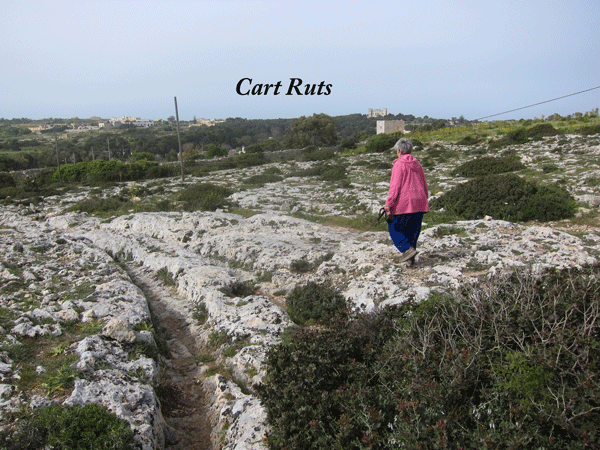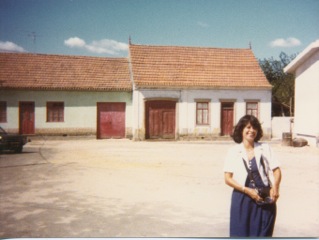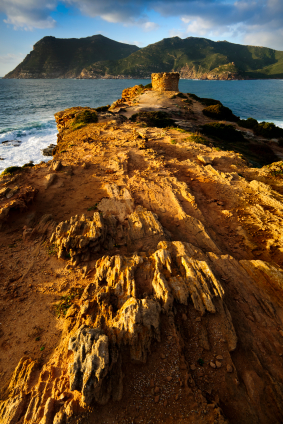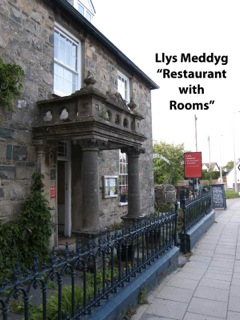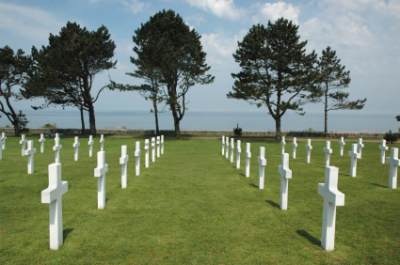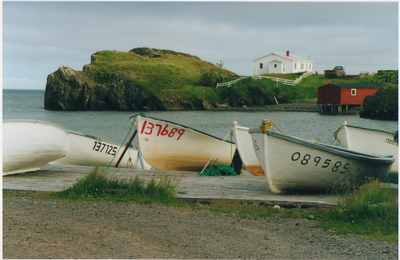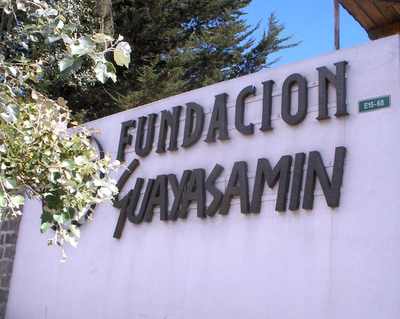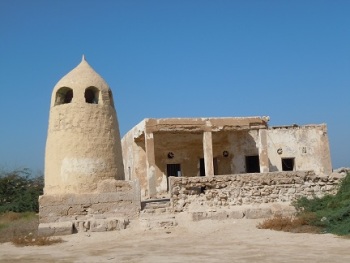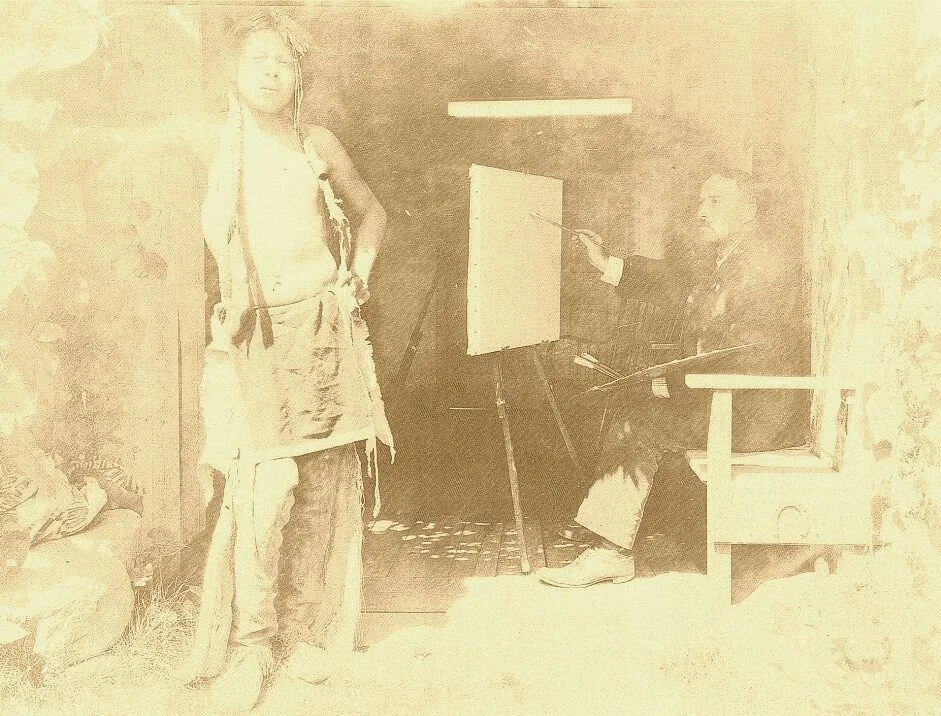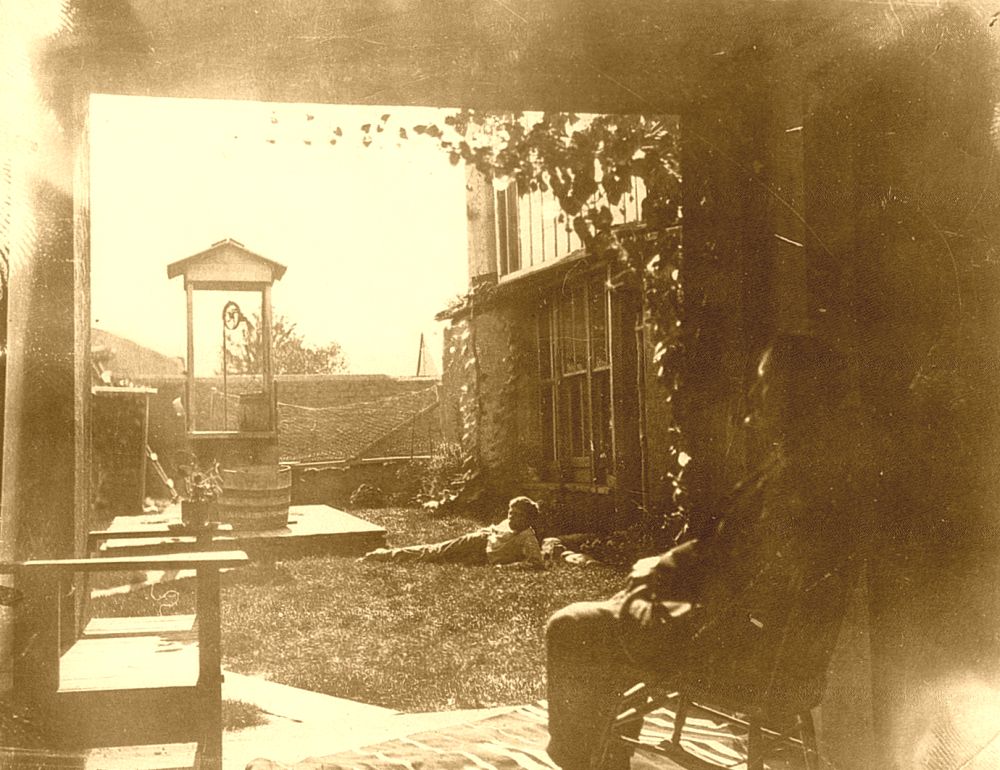by John Mole
Editor’s note: The following is by the oldest blogger we have ever published. Actually, he is more than 400 years old. Contributor, John Mole, was so taken by the diary of Thomas Dallam, who, at age 25 was charged with delivering the gift of a self-playing organ and clock from Queen Elizabeth to Sultan Mehmet III of Turkey, that he translated the work into modern English. This post, originally titled ‘The Sultan’s Organ” was written in 1599. It includes what is probably the first ever recoreded glimpse inside the Sultan’s harem by a foreigner.
 I set up the organ in the grandest pavilion of Topkapi palace. Inside was a little apartment. I have never seen the like for carving, gilding, paintwork and varnish. The Sultan had nineteen brothers put to death in there. It was built for the sole purpose of strangling them.
I set up the organ in the grandest pavilion of Topkapi palace. Inside was a little apartment. I have never seen the like for carving, gilding, paintwork and varnish. The Sultan had nineteen brothers put to death in there. It was built for the sole purpose of strangling them.
The main hall has two rows of marble pillars. The pedestals are made of brass and double gilt. The walls on three sides only go up to the eaves and the rest is open. But if there is a storm or a gale they can quickly lower cotton hangings that will keep out any kind of weather and just as quickly open them again. The fourth wall is made of porphyry so polished you can see yourself in it. On the floor are rich silk carpets. There are no chairs or tables or benches, only one royal divan. On one side is a pond full of different-coloured fish.
***
The Sultan came over the water in his golden barge. I was ushered out of the room and the door locked behind me. I heard the Sultan arrive and the loud noise of his retinue. He sat down on his great throne and commanded silence. The Organ began to salute him. First the clock struck the hour. Then a chime of sixteen bells played a four part melody. Two figures raised silver trumpets to their lips and blew a fanfare. Then the music started with a five part song played twice. At the top of the organ a holly bush full of blackbirds and thrushes sang and flapped their wings. Various other movements amazed the Sultan. He sat down in front of the keyboard and asked the Chief White Eunuch, the Kapi Aga, if he knew anyone who could play it. He said the man who brought it was outside the door.
“Fetch him here,” said the Sultan.



